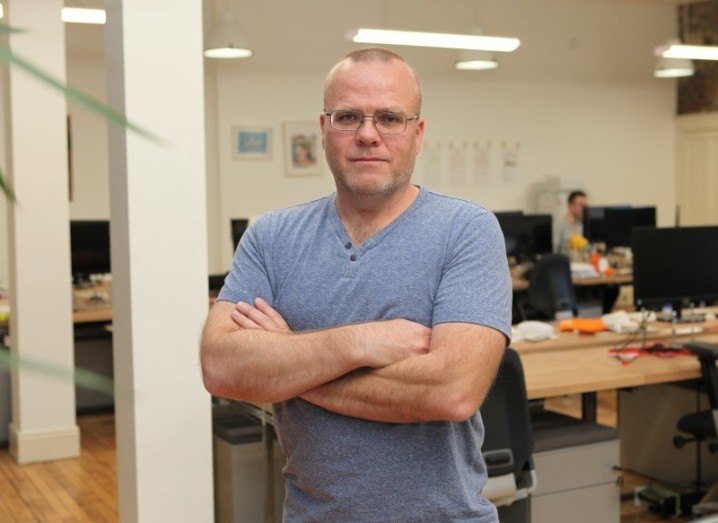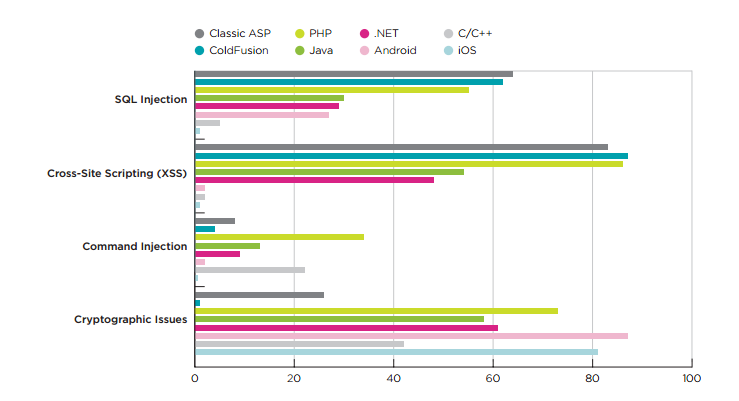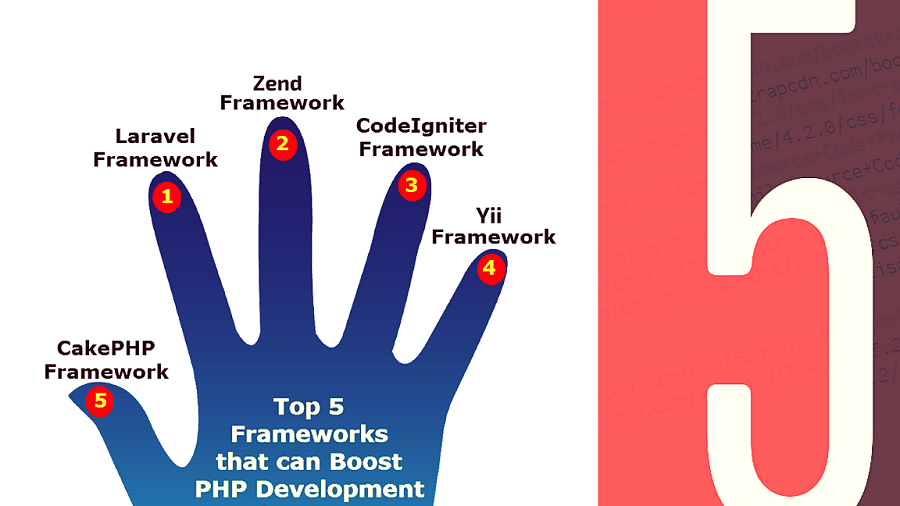
Credits: Siliconrepublic
A snazzy spot
We meet in Etsy’s pretty snazzy Dublin office, with Lerdorf working as an engineer for the company for a few years now after his role as adviser started reaching a bit beyond the title.
“Etsy grew large enough to afford me,” he jokes, but really his history at Yahoo – where he spent seven years – with Etsy’s creators meant he’s had his fingers in the company pie since very early on.
He notes that computer science purists love the art of coding, “if the algorithm is cool, if the integration is pretty, they’re happy,” he says. “For me, it’s all about the end product, not how I got there.”
Programming is a process towards creating a good online service, much like flying is a process to get him from San Francisco to Dublin. “I hate flying,” he says, “but I’m here.”

Taking the scenic route
So how did he get here, into a Dublin office that seems remarkably, well, American? Born in Greenland, Lerdorf left for Denmark at just three years of age.
From there he moved to Toronto at 13, attending the University of Waterloo before spending three years in Brazil, a sojourn into North Carolina and his current residency in San Francisco.
He calls himself “the only Latino Eskimo in California,” a title he claims on the back of ticking a box on an official form when he entered the state many years ago.
All in all, Lerdorf has resided in many a home, learning many a language, but it’s his computer tongue that is most notable. PHP is a programming language that dragged the internet world across the laborious desert of C and helped form what today is a wildly intuitive online community.
The ’90s, eh?
Back in the mid-90s, Lerdorf was pretty underwhelmed at the options available to web design. C and Perl were far too time-consuming for what the internet was itching to become: fast, responsive and immensely editable.
When the web began hitting the mainstream, companies were in a frenzy, they wanted to embrace it and their best idea, at first, was to put their documentation up online.

“With this they went to their technical writers and got them to put stuff out there,” he says, only for the process to kickstart a low point in programming, with technical writers becoming web designers by default.
“They went to Microsoft Word, saved documents as HTML, then put them online via FTP. Fine,” he says, “until companies wanted these documents, or other pages, to be more dynamic.”
Dynamism, on the clock
The problem that faced Lerdorf was something many had noticed. He wanted to find a way to produce things like different iterations of a company contact page that worked at different times. Often just minor tweaks, like phone numbers alternates, required recoding an entire page. A ton of C or Mod CGI, primarily.
Lerdorf needed a solution. Working in CGI (not the special effects), he created some libraries and gradually created PHP, which is part of the backend of up to 80pc of all websites nowadays.
PHP 7 was released at the end of last year, far removed from the original, “but some of the original code would still work” he enthuses. Some say the improvements in PHP 7 are actually quite remarkable, reports of 100pc speed increases, for example, have surfaced. But compatibility was the key driver.
“One of the things we wanted to do is make sure we didn’t create a Python 2 to Python 3-type of issue. If you have decently written PHP 5 code it should work perfectly in 7,” he says, citing Dmitry Stogov, Xinchen Hui and Nikita Popov as the key drivers of the new language.
PHP: we are hugely reliant on it
The likes of Facebook, CurrencyFair, Wikipedia, Tumblr, Mailchimp, Flickr, Yahoo and Etsy are just some of the plethora of major online websites that rely largely on PHP. The latter two are companies Lerdorf is quick to comment on.
“I worked with Yahoo for seven years, but it can get demoralising when you work in an ad-centric web company. You are essentially fighting your users. You try to push advertising onto them, they try to avoid it.”
I tell him that he has just described the vast majority of the online world and he stops me: “I know, it’s very hard, but at Etsy I’m happy. We are providing a hell of a lot more to our customers than we are extracting. And we’re not tricking customers either.”

Crafty thinking
With around 800 employees overall, and 46 in Dublin, Lerdorf tells me any new engineer starting in Etsy (of which there will be more, soon) must produce some new package on their first day.
Not a place to drag your heels, but then again he doesn’t expect to work with any two-bit programmers. And he’s quick to point out PHP isn’t the be-all and end-all. “Like the spoken word, different languages are created in different areas, there will never be one.” So Python, Ruby or whatever, have at it.
There is one requirement he puts on future colleagues, though, and it’s something we’ve heard a few people discuss in recent years: an understanding of C.
Despite its laborious nature, C underpins pretty much everything online, with Lerdorf “a little sceptical” of any programmer without an understanding of it.
But then he has to run off to catch a dreaded flight, a bit more process before the next end project, so. His flying visit, which took in a PHP meet-up in Dublin, is over.






 Image credit: sitepoint.com
Image credit: sitepoint.com


